Categories
How to live without a headphone jack when travelling
5 minute read
In this article, I take a look at the best tips for learning how to live without a headphone jack when travelling.
Not only are these tips a lifesaver for when you’re travelling, but they’ll help iron out any inconveniences that come with not having a headphone jack on your smartphone in everyday life.
I’ll be listing four tips that you can use to make sure you never miss your headphone jack again.
Bluetooth earphones are a lifesaver
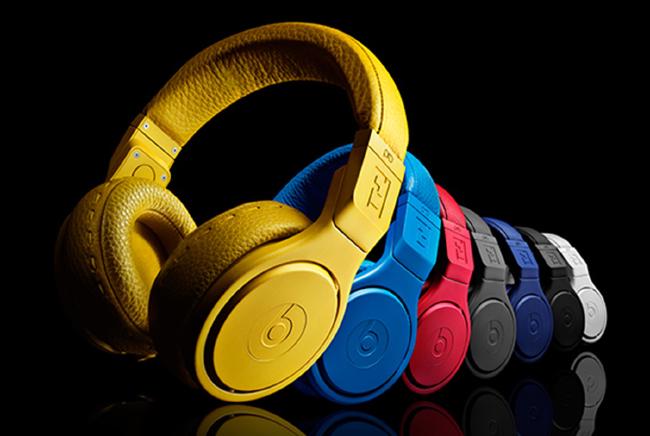
It all starts with dropping your wired headphones and picking up a pair of Bluetooth earphones as your primary audio device. With these, you’ll be able to listen to music whilst charging your smartphone at the same time.
When you’re in another country and absolutely need to rely on your smartphone for navigation and general information, running down your battery is a scary prospect.
With wireless earphones, you’re able to ensure your charging port isn’t being occupied so that you never have to run into this issue.
There are some cons involved, however. Bluetooth earphones are typically more expensive than wired ones, and you’ll need to charge them up too.
Thankfully, most earphones can get a few hours of usage from just 10 minutes of charge time.
Some earphones can be charged whilst being used, and others can’t, so you will need to research the earphones you decide to buy.
If you don’t want to spend money on a pair of Bluetooth earphones, there are alternative options. We’ll talk about these below.
Take backup wired earphones
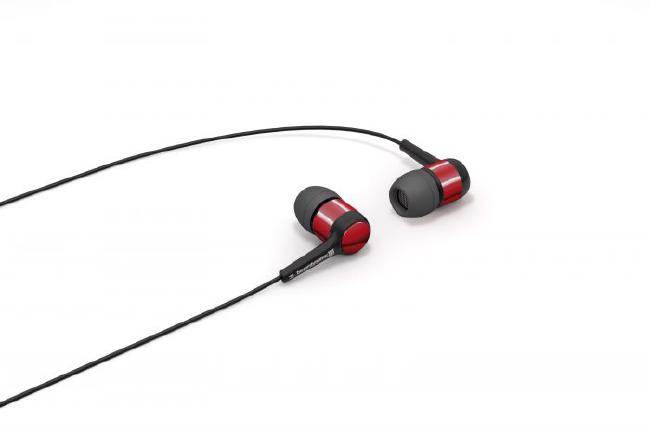
There’s no harm in taking backup wired earphones - you can use them when you’re in your hotel so that your wireless earphones have time to charge. Or, if you plan ahead properly, you could use wired earphones entirely and go without wireless ones.
If you do pack your wired earphones, you may want to consider taking an additional headphone jack adaptor for your smartphone.
They’re generally very cheap and I’ve found that they can sometimes stop working without much prior warning. Bringing a backup will ensure you have something to fall back on if your first adaptor breaks.
Purchase a portable wireless charger
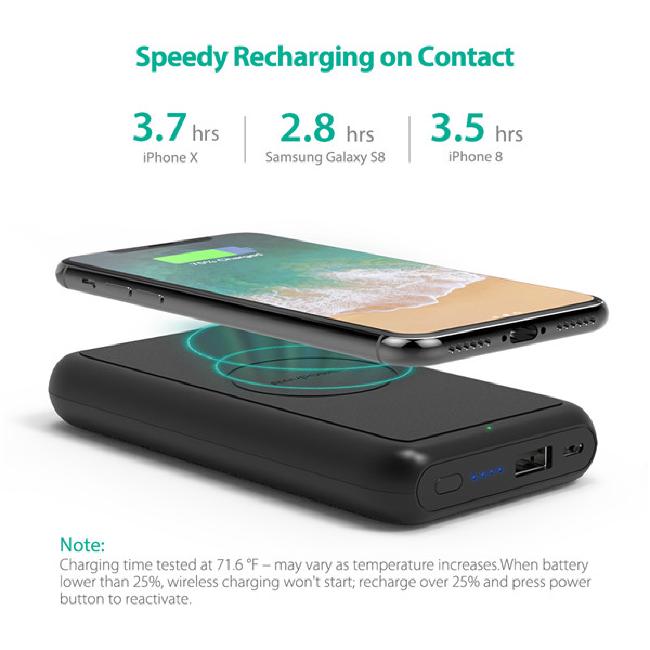
With this next suggestion, you will be able to tie everything together into an experience that gets rid of all inconvenience.
With a portable wireless charger, you can charge your smartphone wirelessly, which means the charging port will be free for using wired earphones.
If you pick up a portable wireless charger, you may not even need to rely on Bluetooth earphones whatsoever.
You can place your smartphone on top of the charger and your phone will charge without wires. This also saves a bit of space with packing.
Here’s an explanation from RAVPower, who currently manufacture portable wireless chargers and other charging equipment.
“Let’s dive head first into a bit of techno-babble. Wireless charging is based on a principle called Inductive Energy Transfer (IET). Using a primary and secondary coil (think super miniature versions of a Tesla coil) and sending an alternating current between them, the charging pad or base creates a condensed electromagnetic field.”
“The latter, simply, is an invisible field of electricity that can charge a battery without having any meaningful effect on the human body. The range on inductive energy transfer is typically very small, requiring physical contact for it to work on your cell phone or tablet.”
You can carry a portable wireless charger and it doesn’t require any wires to work or charge devices. You only need a wire to charge it up.
If you plan to opt for this route, you will need to charge up your portable charger regularly so that it has enough juice to keep your smartphone alive. You will also have to make sure that you have a smartphone that supports wireless charging.
Be careful with adaptor accessories
If you’ve been frustrated with the lack of a headphone jack on most modern smartphones, then you’ve probably already looked into alternative options.
One option I see shared on the internet a lot are accessories that include both a charging port and a headphone jack in a single adaptor.
If you plan to purchase such a product, make sure to thoroughly read reviews for the exact product you are buying.
Many people report that their smartphone doesn’t charge properly when they are using such accessories, and others even mention that the adaptor itself gets incredibly hot to the point where it could cause harm to the user or the device.
Find one with good reviews and you may be able to get away with it, however. Just keep in mind that there are potential risks.
Usually, the ones with microprocessors work well. Here is an example of what I mean:
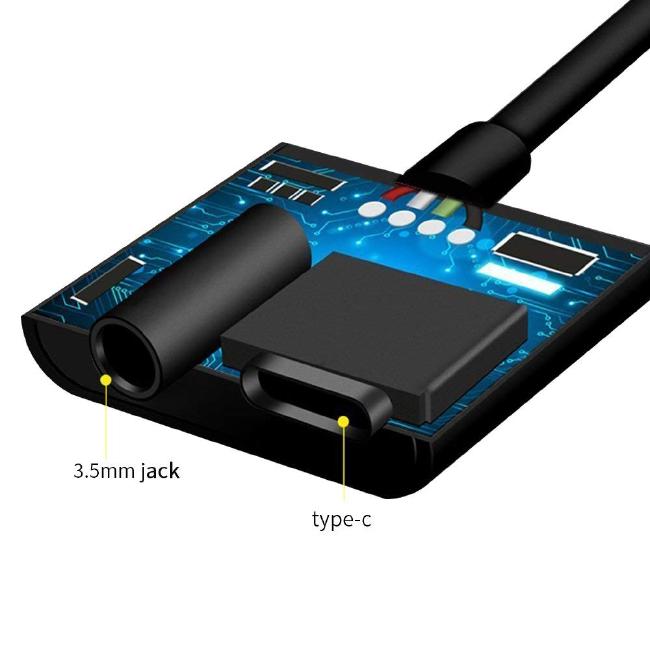
The above option is better than something like shown below. Often, this type of adaptor may not be able to power both the headphone jack and the USB adaptor at the same time. In other cases, the audio may not get picked up at all.
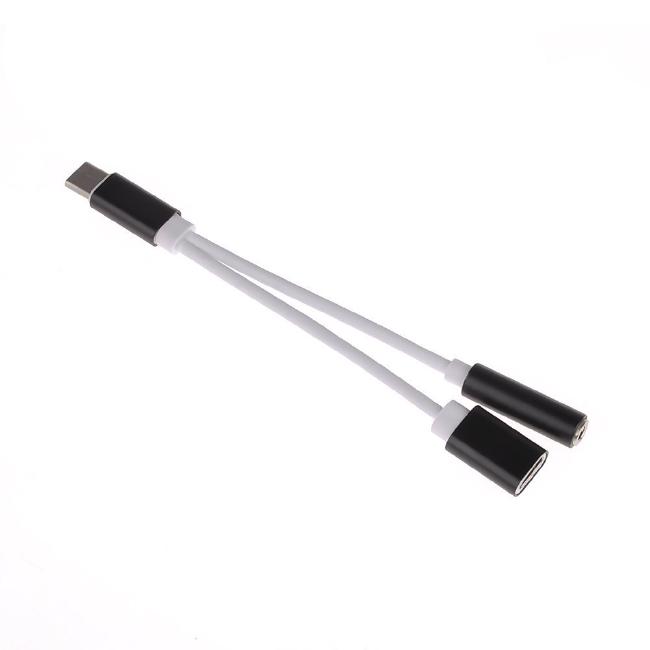
Summary
Thanks for reading our guide on how to live without a headphone jack when travelling. Here is a quick overview of this subject. You can use this as a checklist for when you next go abroad.
-
Priority 1: Get wireless earphones so that the charging port can be used whilst listening.
-
Priority 2: Take backup wired earphones for when your wireless ones run out of battery.
-
Priority 3: Take a portable wireless charger so that you can charge and listen through wired earphones simultaneously.
-
Priority 4: Look into buying a suitable adaptor, just make sure to read reviews first.
With everything in the list above checked off, you’ll have multiple opportunities to go for when you need to listen to music and charge your smartphone at the same time. You can opt to go for a single option here or choose all of them.




